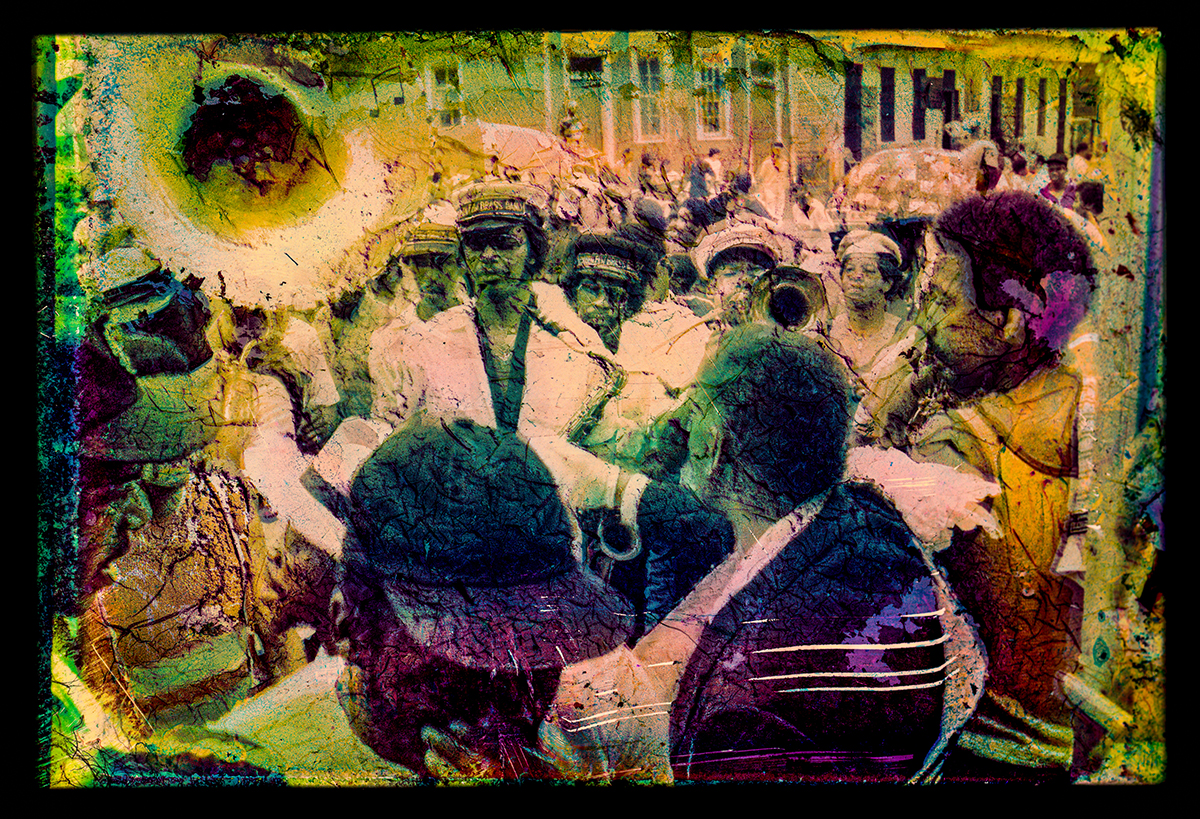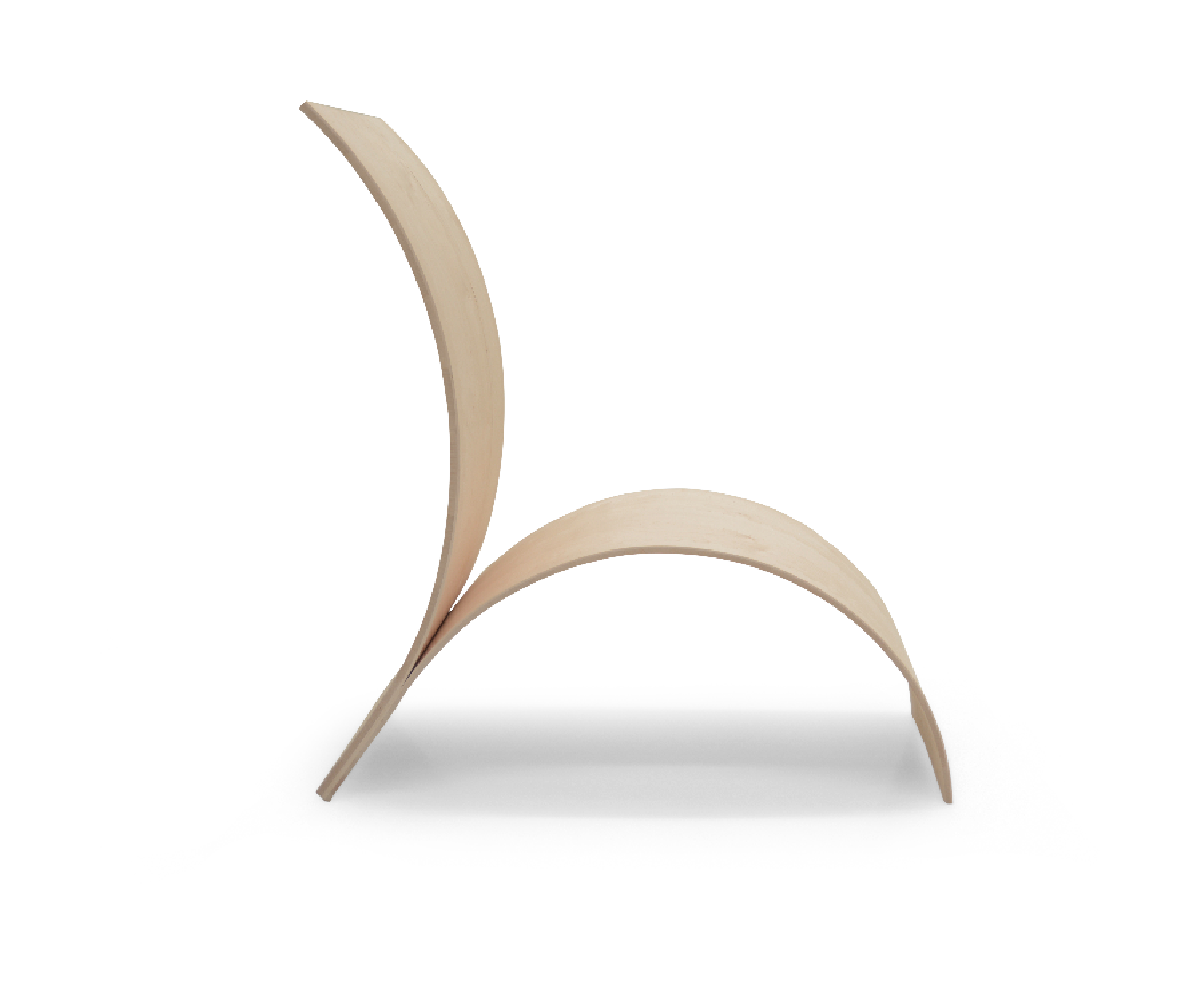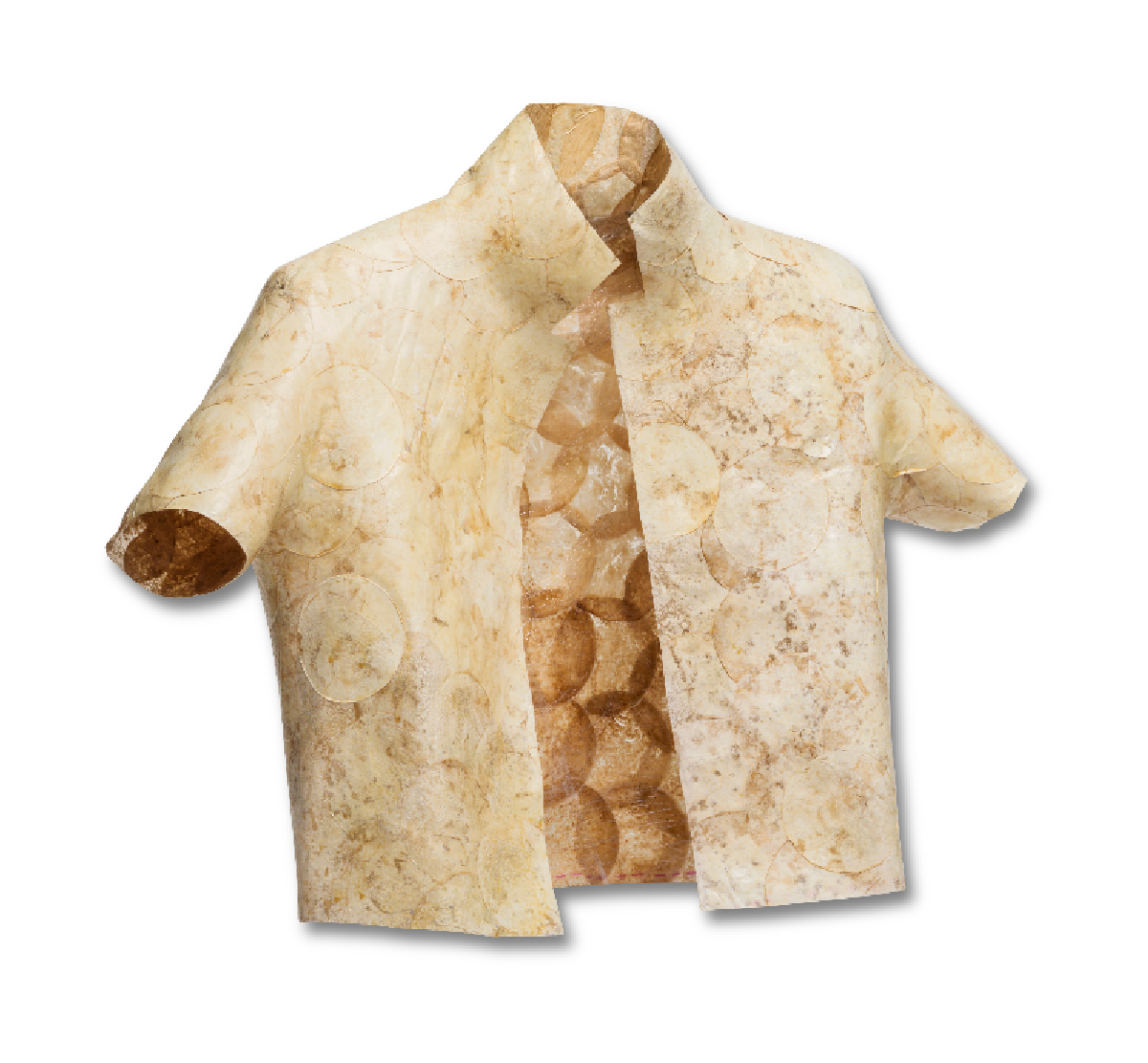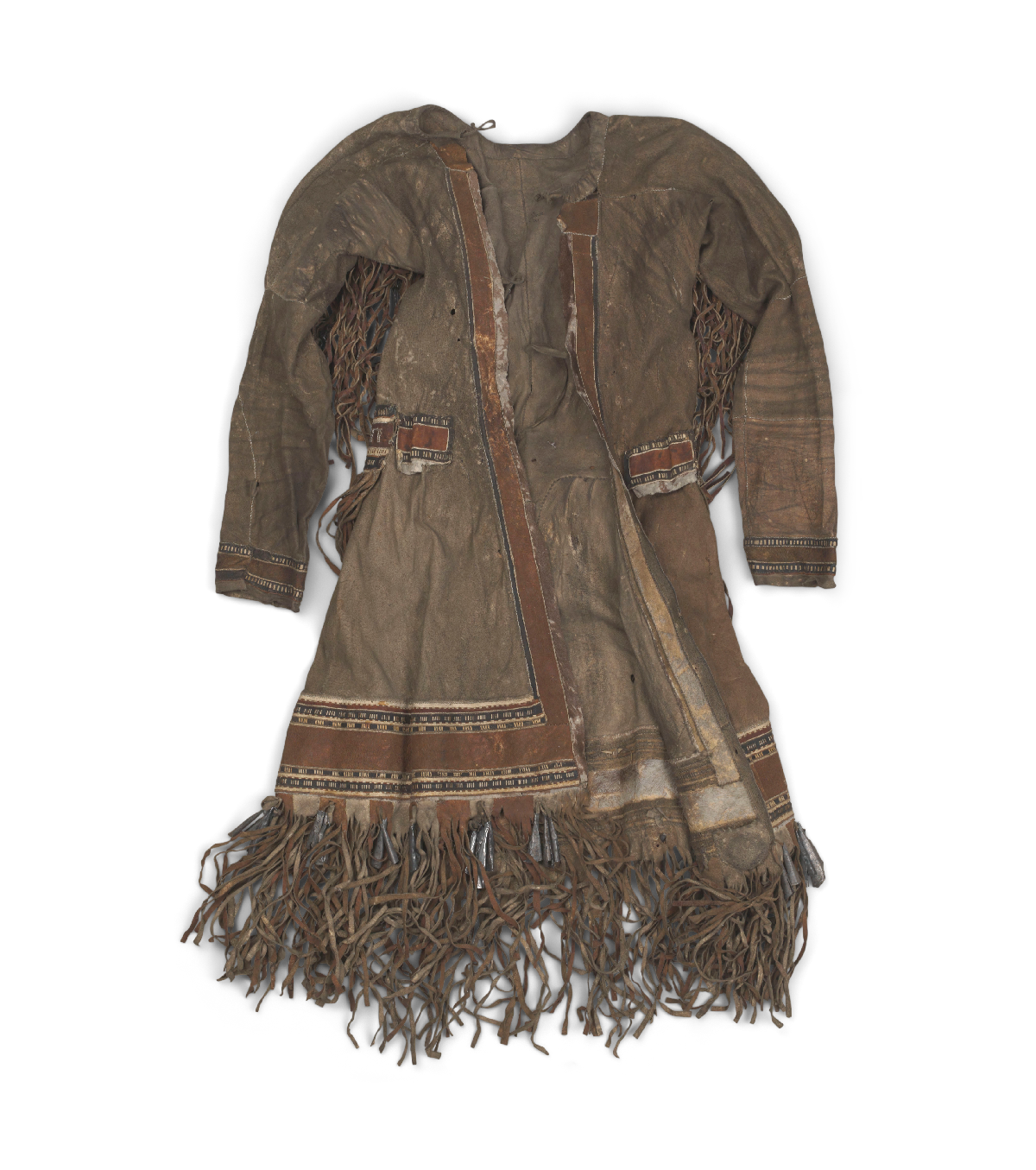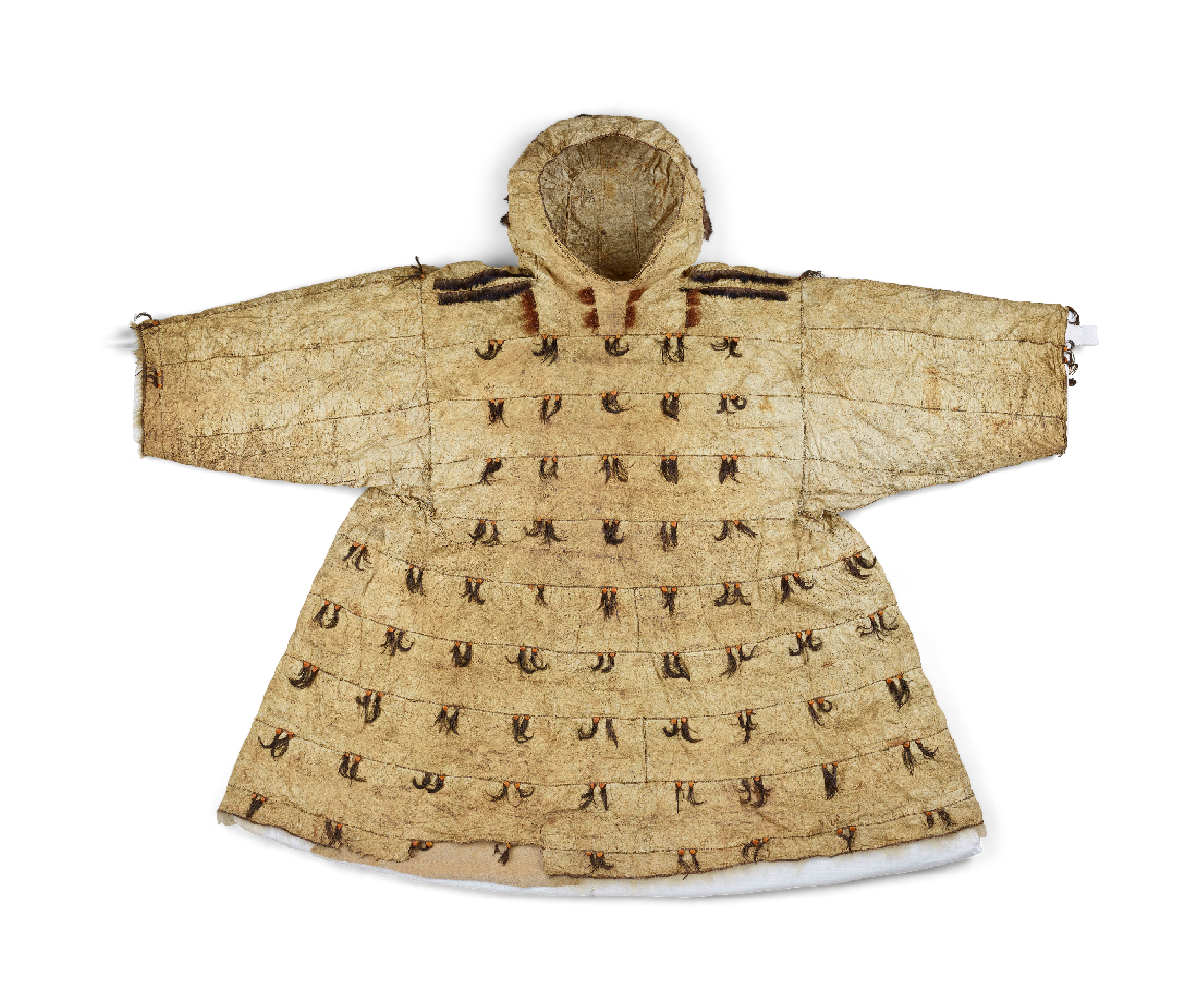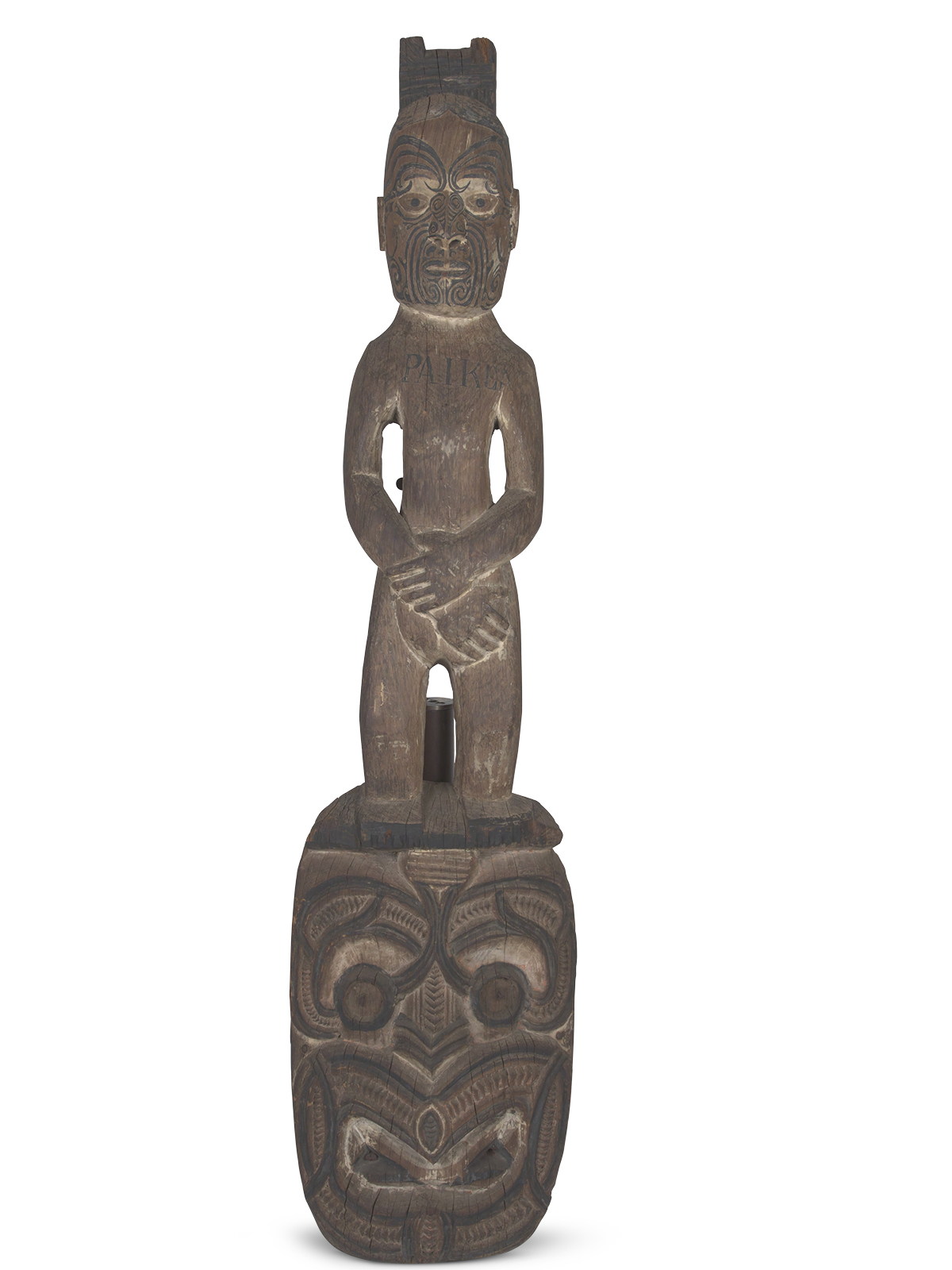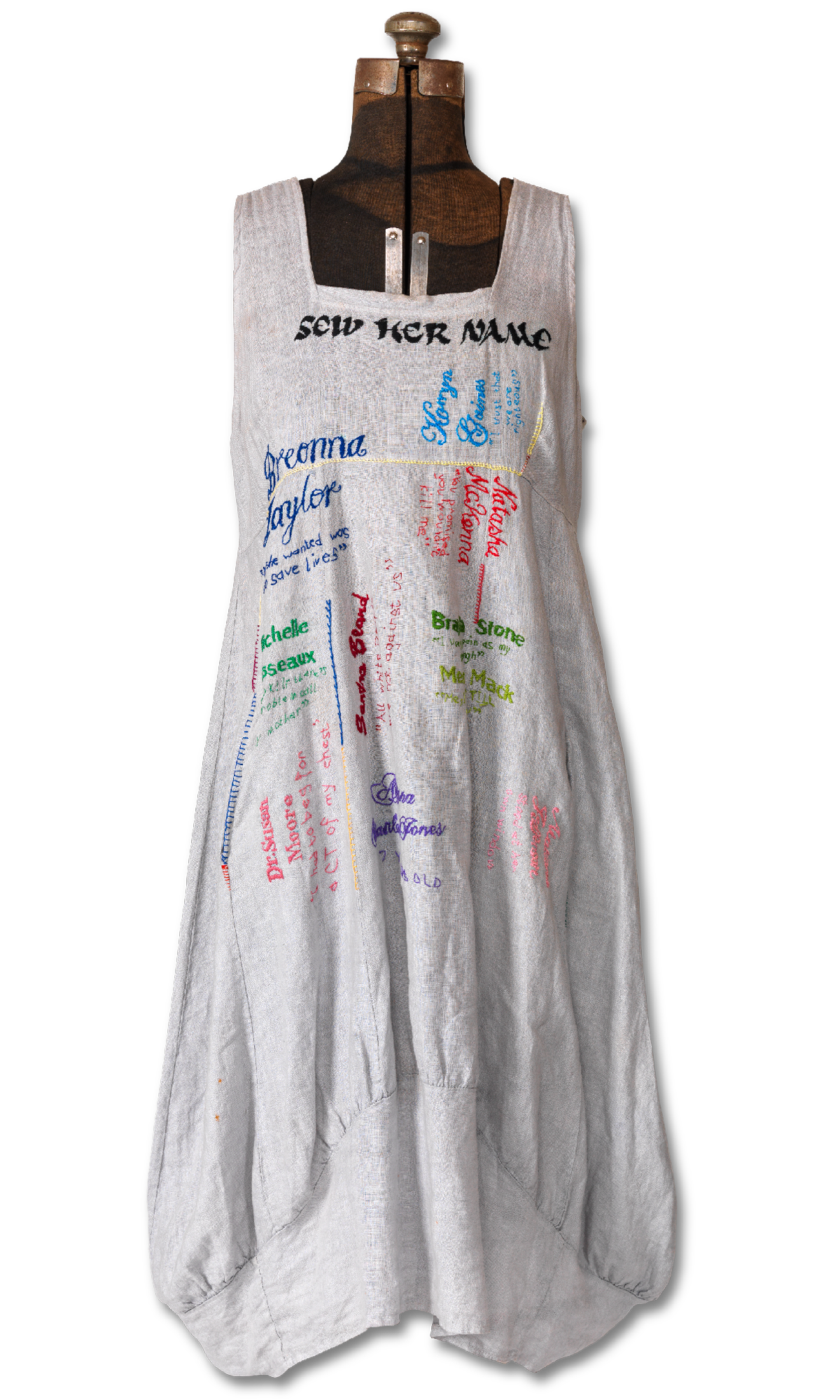WHERE IS THE FUTURE OF CONSERVATION?
Future decades will witness increasing challenges to the survival of individuals, communities, societies, and cultures. As new materials are invented, intentionally engineered for their activity by people, new questions are posed to conservators, whose work concerns the human entanglement with matter. Accelerating climate changes introduce new challenges of activity on the macroscale of systems, mandating renegotiated strategies for the management of cultural heritage. Moreover, expanded notions of activity extend the care and stewardship of items in museum collections beyond material boundaries to include the preservation of living relationships, ecological histories, cultural knowledge, and practices of making.
As conservators turn to an ever-growing set of challenges, constituencies, and collaborators, how might they play an expanded role in guiding and advising the response to the accelerated activity of matter? What are the opportunities for creative thinking and practice as we prepare for a future life with unanticipated forms and levels of activity? How might meeting these challenges transform conservation as a field of work and body of thought?



